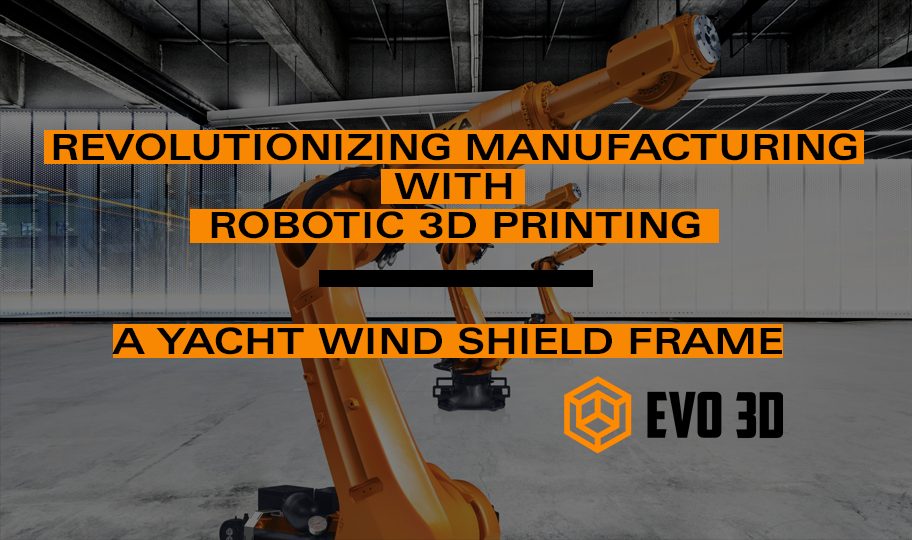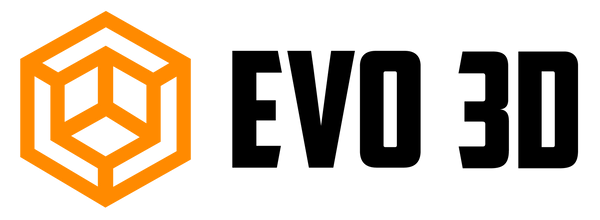Revolutionizing Manufacturing with Robotic 3D Printing: A Yacht Wind Shield Frame

3D printing has come a long way in recent years, and with the advent of robotic 3D printing, the possibilities are now endless. In this video, we showcase a section of a yacht's wind shield frame printed using a KUKA robot and a Pulsar pellet extruder, using our in-house developed Robotic 3D printing cell that can be bought from Evo 3D as a complete package. The software we used was AI Build AI Sync.
One of the most exciting features of this print is the use of a segmented or sequential printing technique. This technique allowed us to print on parts of the geometry that were already printed, without the need for additional support. By carefully controlling the robot arm's movements, we were able to print intricate details and complex shapes with ease. This resulted in a highly efficient and effective printing process that was able to produce high-quality printed objects with minimal material waste.
Another advantage of the segmented or sequential printing technique is that it allowed us to print with 0% infill, even on complex geometries. By printing at an angle, the robotic 3D printer was able to deposit the material in a way that provided sufficient support for the printed object, even without infill. This resulted in a lighter and more efficient printed object that used less material, making it a great option for large-scale production runs.
The use of a KUKA robot and a Pulsar pellet extruder also enabled us to achieve a high level of accuracy and precision in the printing process. The robot arm was able to move in a series of small, controlled movements, allowing it to print intricate details and complex shapes with ease. The Pulsar pellet extruder also provided a highly efficient and effective way of depositing the material, resulting in a more reliable and consistent printing process.
Finally, the use of AI Build AI Sync software allowed us to automate the printing process and achieve a high level of consistency and accuracy in the prints. This software incorporates artificial intelligence and machine learning techniques to optimize the printing process and ensure that the printed objects are of the highest quality.
In conclusion, the video showcases the incredible capabilities of robotic 3D printing and the potential it has for revolutionizing the manufacturing industry. With our in-house developed Robotic 3D printing cell, it is possible to achieve high-quality prints quickly and efficiently, making it a great investment for any business looking to streamline their production processes. The combination of segmented or sequential printing, KUKA and Pulsar hardware, and AI Build AI Sync software allows for a highly efficient and effective printing process that can produce high-quality printed objects with minimal material waste.
If you're interested in learning more about our Robotic 3D printing cell and how it can benefit your business, please visit our website or contact us directly. Our team of experts is ready to assist you in any way possible and help you take your production processes to the next level with robotic 3D printing.
